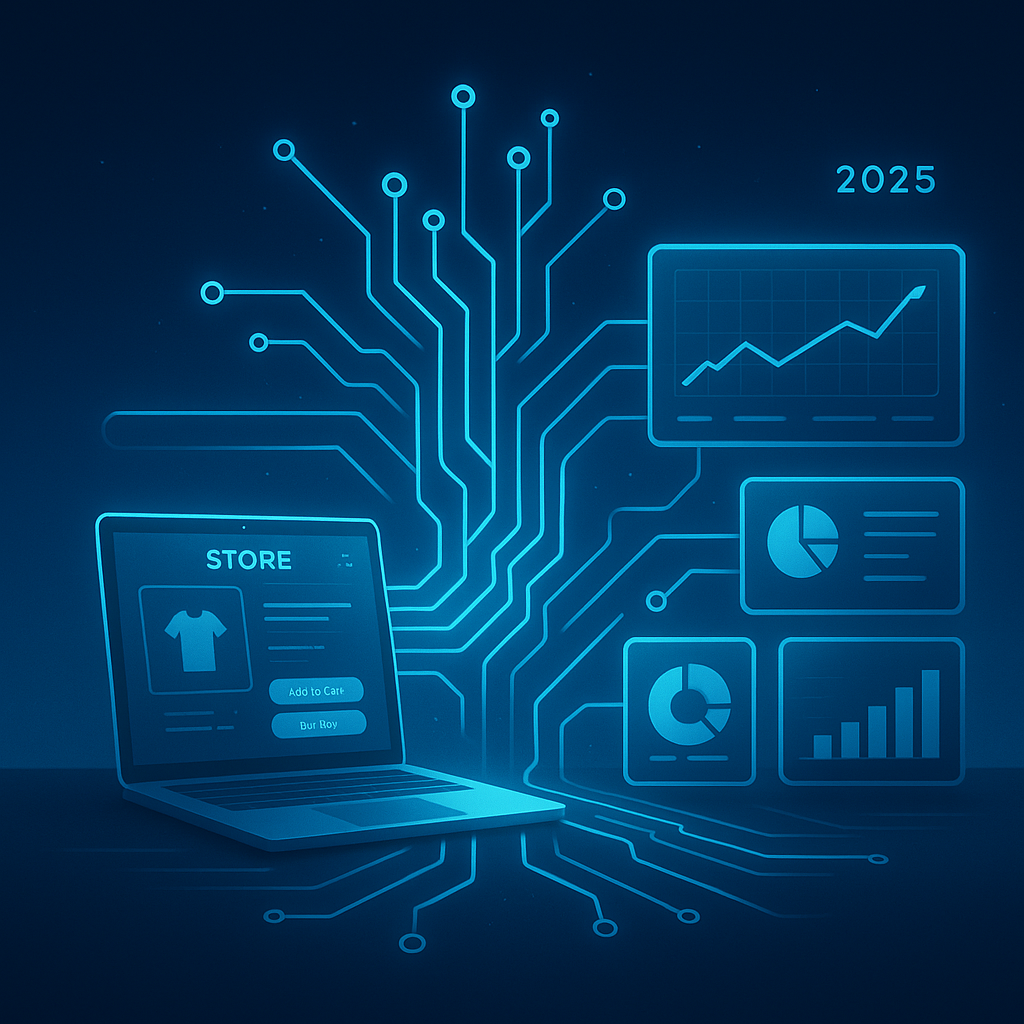
Maximizing Growth: Integrated Ecommerce and E-Business in Digital Retail
Understanding the Fusion: eCommerce Meets E-Business
In 2025, digital retail is no longer defined by isolated online storefronts or simple transactional websites. The convergence of ecommerce and e-business strategies has created a unified front that amplifies growth potential and operational capabilities. But what sets this integrated approach apart?
Ecommerce traditionally focuses on the direct selling of products and services through online channels, emphasizing user experience, digital storefront design, and seamless checkout processes. E-business, on the other hand, encompasses the broader digital operations including supply chain management, enterprise resource planning, customer relationship management, and digital marketing strategies.
By blending ecommerce’s customer-facing agility with the backend efficiencies of e-business, retailers are crafting an ecosystem that fuels innovation and resilience in an ever-competitive market.
Key Drivers Behind Integration
1. Unified Customer Data Systems
The backbone of any integrated system is the seamless flow of data. In 2025, businesses harness centralized data hubs that collect, analyze, and deploy customer insights across functions. This holistic view enables personalization beyond the shopping cart — influencing supply, marketing, and after-sales services.
2. Automation and Intelligent Workflow
Automated inventory replenishment, dynamic pricing adjustments, and AI-powered customer service chatbots are now standard. These technologies bridge the gap between ecommerce activity and e-business logistics, ensuring real-time responsiveness to demand fluctuations and customer inquiries.
3. Multichannel Synchronization
Customers interact via websites, social media, mobile apps, and even augmented reality experiences. Integrating ecommerce and e-business systems ensures consistent inventory data, pricing, and promotions across channels, eliminating friction and enhancing satisfaction.
Innovative Examples of Integration in 2025
Smart Supply Chains Empowered by Ecommerce Insights
A leading global apparel brand implemented AI-driven demand forecasting interlaced directly with their ecommerce platform analytics. By synchronizing real-time online sales data with warehouse management, they reduced stockouts by 40%, while optimizing logistics costs and delivery times.
Personalized Post-Purchase Engagement
Another retailer leveraged combined ecommerce and CRM data to automate highly tailored follow-ups, recommending complementary products based on purchase history and browsing behavior. This strategy increased repeat purchases by over 30%, proving the power of integrated digital engagement.
Dynamic Pricing Engine with Backend Integration
In the highly competitive electronics sector, one company developed an integrated pricing engine that adjusted prices in real time based on competitor analysis, inventory levels, and customer demand. The connection between ecommerce storefronts and e-business systems enabled agile market responsiveness, boosting profit margins.
Challenges and Solutions in Integration
Despite immense benefits, integrating ecommerce and e-business systems involves complexity. Legacy systems, data silos, and inconsistent protocols can hinder progress. To overcome these hurdles, companies adopt modular, API-driven architectures and invest in middleware solutions that promote interoperability.
Employee training and cross-departmental collaboration become critical as workflows expand beyond traditional roles. Forward-thinking leaders prioritize change management and continuous learning to nurture a culture aligned with integrated digital operations.
The Strategic Implications for Digital Retail in 2025
Integration reshapes strategic decision-making by providing real-time, comprehensive insights and enabling rapid execution. Retailers that unify their ecommerce front-end with robust e-business back-end platforms create flexible, resilient models tuned for customer-centric innovation.
This strategic alignment also facilitates experimentation—launching new products, testing emerging markets, or piloting technology such as AI chatbots or AR shopping—while maintaining operational stability.
Conclusion: Embracing an Integrated Future
As digital retail matures into 2025, piecemeal approaches give way to integrated, system-wide strategies. Maximizing growth hinges on bridging ecommerce and e-business through data synergy, automation, and unified multichannel experiences. This holistic method revolutionizes how retailers understand customers, streamline operations, and innovate in dynamic marketplaces.
Transformation is not just about adopting new technologies but reimagining processes and connections that deliver value at every touchpoint throughout the digital retail journey.






